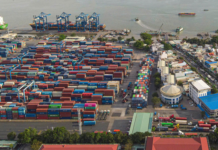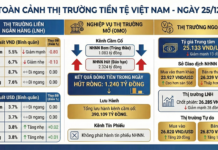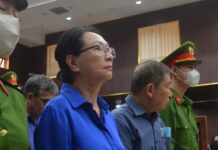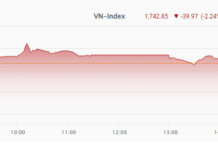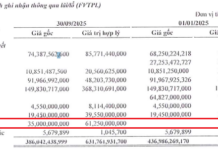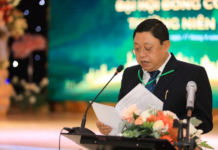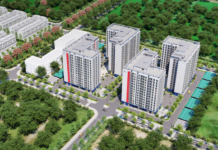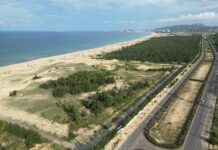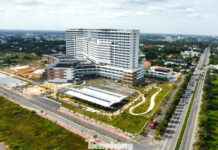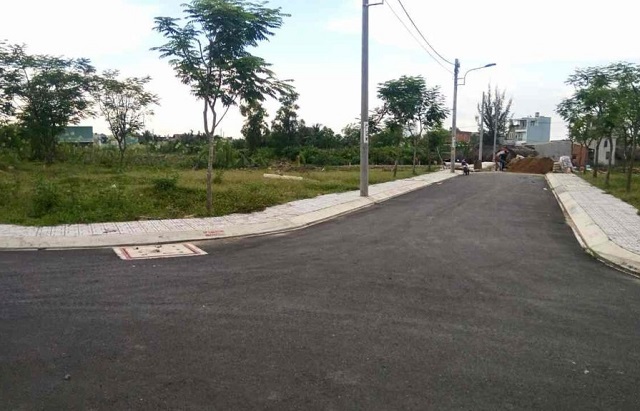
Ho Chi Minh City has introduced new regulations to address issues related to mixed-use land and new residential construction.
|
The new regulations focus on areas designated as mixed-use land with multiple functions, including residential, commercial, public facilities, and green spaces. In cases where the specific locations and functions of each land type have not been determined in the 1/2000 master plan, the People’s Committees of the districts, Thu Duc City, and Ho Chi Minh City are responsible for reviewing and proposing adjustments to the 1/2000 plan or initiating the development, appraisal, and approval of detailed 1/500 plans for these areas. This process will help identify specific residential land plots, enabling changes in land use purposes, the issuance of construction permits, and land division.
This development signifies a significant shift from the previous restrictions imposed by the city on land division for mixed-use and new construction lands.
Prior to the issuance of Decision 100, which outlined the conditions for land division, consolidation, and minimum area and size requirements for different land types in Ho Chi Minh City, effective October 31, the Department of Natural Resources and Environment affirmed that there would be no distinction between residential land in new residential areas and mixed-use areas. Additionally, the requirement for a 1/2000 master plan was eliminated.
Residential land that meets the criteria for access, connectivity to transportation networks, infrastructure, and minimum area will be eligible for land division. The Department will advise the City People’s Committee to promptly issue documents guiding the implementation of land-related regulations, including those pertaining to land division, to ensure uniform application by local authorities and safeguard the rights of citizens in this regard.
For other land types where the specific locations and functions have been established, and the land is zoned for residential use, instructions from the People’s Committee of Ho Chi Minh City stipulate that any change in land use purpose must comply with relevant planning regulations and be adjacent to existing or newly constructed roads that have been approved and accepted per established procedures. Moreover, the land use change must align with previously approved planning schemes.
The process for changing the land use purpose will follow the provisions of the 2024 Land Law and the regulations of the Ministry of Natural Resources and Environment. The area of land to be converted will be determined based on the actual needs of each household and individual, ensuring a thoughtful and tailored approach to land division.
Unlocking the City’s Land Bank: Ho Chi Minh City Unveils a 4-Step Process to Facilitate Payments and Revitalize Stalled BT Projects
The newly introduced procedure by the People’s Committee of Ho Chi Minh City outlines a four-step process for compensating investors in BT contract projects, with a total estimated timeline of nine months.





